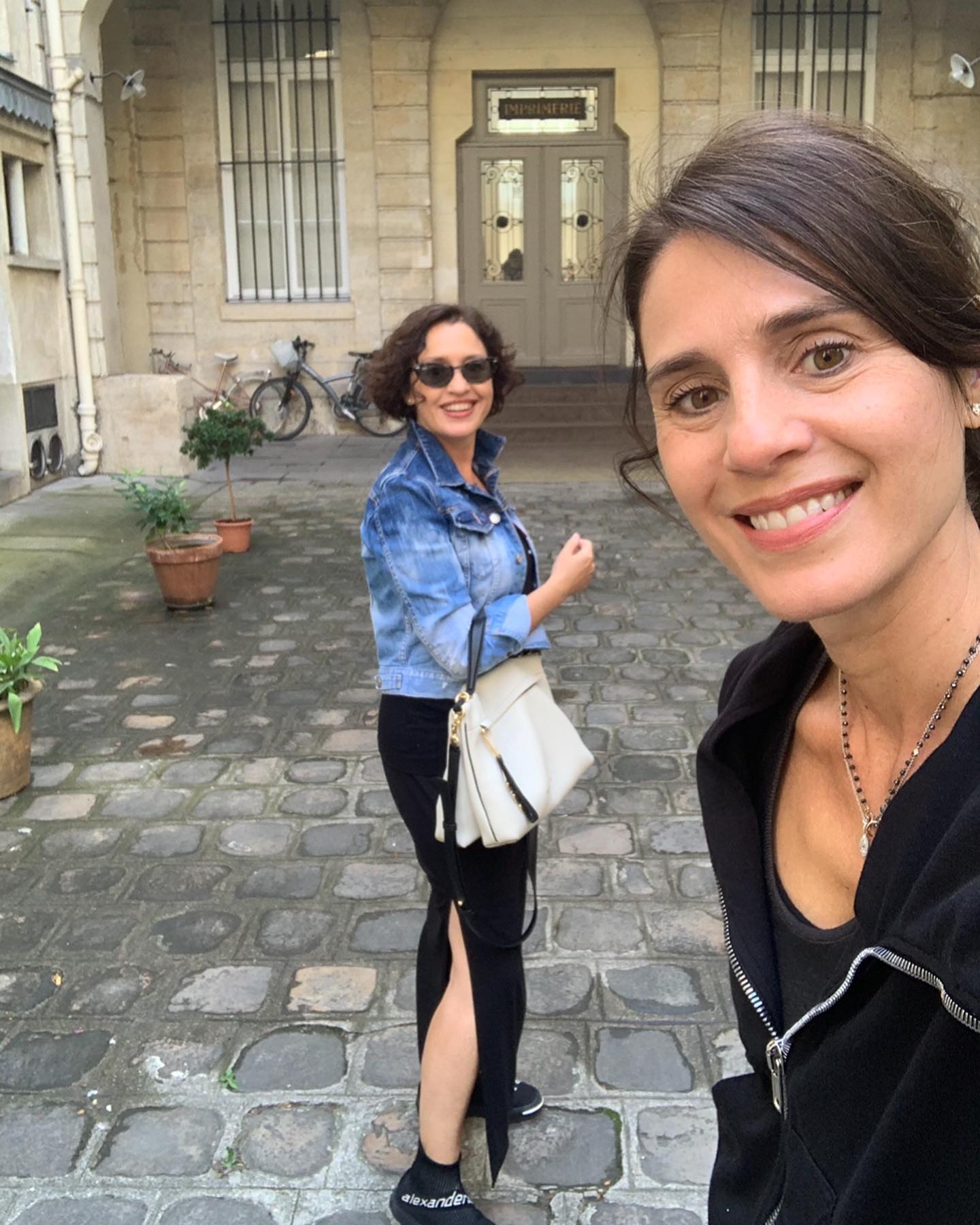Candidteensnet: What It Means For Online Authenticity And Youth Digital Spaces
It's really something to think about how young people share their lives online these days. The idea of "candid" moments, especially for teenagers, brings up a lot of interesting points about being real on the internet. We are seeing, too, a growing conversation around how teens present themselves and what that means for their digital presence. This discussion, you know, touches on everything from personal expression to how information gets shared and seen by others.
When we talk about "candid" online, it often suggests something unposed, a genuine look at life without filters or heavy editing. For teenagers, this kind of sharing can feel very appealing, offering a way to connect with friends and express who they really are. Yet, there are also things to consider, like how these moments are captured and what happens once they are out there for everyone to see. It's a bit of a balancing act, isn't it?
This whole topic, including terms like candidteensnet, really opens up a broader conversation about how young people interact with the internet. It's not just about what they post, but also about the communities they find, the information they consume, and how they shape their own stories in a very public way. Understanding this landscape is quite important for everyone involved, from the teens themselves to parents and educators, as a matter of fact.
Table of Contents
- Understanding Candidness in Digital Spaces
- The Digital World of Young People
- Challenges and Considerations for Youth Online
- Nurturing Positive Online Habits
- Supporting Young People in Their Online Lives
- Frequently Asked Questions About Online Youth Content
- Final Thoughts on Online Authenticity
Understanding Candidness in Digital Spaces
The idea of being "candid" online, especially for teenagers, is rather interesting. It means showing things as they really are, without a lot of staging or touch-ups. This approach to sharing can feel very honest and real. For young people, it often represents a desire to connect on a deeper level, to show a side of themselves that is not always polished or perfect. It's a way, you know, to break away from the curated feeds that sometimes dominate social media.
When we talk about candidteensnet, it brings to mind platforms or communities where this kind of unscripted sharing might be common. The draw for many young people is the chance to be truly themselves, to share genuine moments from their daily lives. This can create a sense of belonging and understanding among peers. It's almost like a digital scrapbook of real life, in some respects.
However, the nature of candid sharing also brings up some important points to think about. Once something is shared online, it can be very hard to control where it goes or who sees it. So, while the intention behind being candid is often good, there are things to consider about permanence and audience. It's a delicate balance, really, between authenticity and personal safety, as a matter of fact.
The Digital World of Young People
Young people today practically grow up with the internet as a part of their daily routine. Their digital world is a vibrant place where they learn, play, and connect. It's where friendships are strengthened, new interests are explored, and identities begin to take shape. This digital landscape, you know, is a very important part of their lives, perhaps more so than for any generation before them.
They use a wide range of platforms, from social media sites to messaging apps, to keep in touch and share what's happening. These tools allow for constant communication and a feeling of being connected to their peer group. It's a very dynamic environment, where trends appear and change quite quickly, as a matter of fact.
How Teens Connect Online
Teens connect online in so many ways, it's almost hard to keep track. They use instant messages for quick chats, video calls to see friends, and social platforms to share updates. Group chats are very popular for coordinating plans or just talking about their day. These digital connections are just as real and important to them as face-to-face interactions, you know.
They also join online communities based on shared interests, whether it's gaming, a favorite music group, or a particular hobby. These spaces offer a sense of belonging and allow them to find people who understand their passions. It's a very powerful way to build connections beyond their immediate surroundings, in a way.
The Appeal of Authentic Sharing
The desire for authentic sharing is a strong pull for many young people. After seeing so many perfectly edited photos and videos, there's a real longing for something more genuine. Candid moments, as we've talked about, offer a refreshing change. They show life as it is, with all its imperfections and spontaneous joys, you know.
This kind of sharing can help teens feel less alone and more understood. When someone shares a real, unposed moment, it can make others feel like they can relate. It fosters a sense of community where honesty is valued. It's a way, too, to push back against the pressure to always look perfect online, which is actually quite a big deal for them.
Challenges and Considerations for Youth Online
While the online world offers many good things for young people, it also comes with its own set of challenges. These are things that parents, educators, and the teens themselves need to think about. Understanding these potential difficulties is a first step towards helping young people have safer and more positive online experiences. It's not always straightforward, you know.
The speed at which information travels online, and the sheer volume of it, can be a lot to handle. Young people are still learning about the world, and the internet can sometimes present confusing or overwhelming situations. So, it's very important to talk about these things openly and honestly, as a matter of fact.
Privacy and Digital Footprints
One of the biggest things to consider is privacy. Every time a young person shares something online, they are adding to their "digital footprint." This is basically a record of their online activities that can be very hard to erase. What seems like a harmless post today could be seen by someone else years from now, you know.
Teens might not always fully grasp the long-term effects of what they share. They might post something candid without realizing who might eventually see it, or how it could be interpreted out of context. Teaching them about privacy settings and the lasting nature of online content is very important. It's about helping them make smart choices about what they put out there, you know, for their own protection.
Navigating Online Pressure
The online world can also bring a lot of pressure. There's pressure to get likes, to have a certain number of followers, or to always seem happy and busy. This can lead to anxiety and a feeling of not being good enough. Even when trying to be candid, there can still be an underlying pressure to present a certain kind of "realness" that might not be entirely true, you know.
Young people might also face pressure from peers to share things they are not comfortable with. It's a very real concern that can affect their self-esteem and mental well-being. Helping them build resilience and confidence to resist these pressures is quite important. It's about teaching them that their worth isn't measured by online metrics, as a matter of fact.
Nurturing Positive Online Habits
Helping young people develop good online habits is crucial for their well-being in the digital age. It's not about stopping them from being online, but rather equipping them with the skills to use the internet wisely and safely. This involves a mix of guidance, education, and open conversation. It's a process that takes time and patience, you know.
Encouraging them to think before they post and to be mindful of their interactions can make a big difference. It's about empowering them to be responsible digital citizens. These habits, too, will serve them well throughout their lives, as the online world continues to evolve, as a matter of fact.
Encouraging Mindful Sharing
Mindful sharing means taking a moment to think before posting anything online. For candid moments, this could mean asking: "Who will see this? How might it be interpreted? Am I comfortable with this being public forever?" These simple questions can help young people make better decisions about what they share. It's a very practical step, really.
It's also about understanding that not everything needs to be shared. Some moments are just for personal enjoyment or for a very small, trusted group. Helping teens understand the difference between public and private sharing is quite important. This can reduce potential regrets later on, you know, and protect their personal space.
Building Digital Literacy
Digital literacy is about more than just knowing how to use apps; it's about understanding how the internet works, how to find reliable information, and how to protect oneself online. This includes understanding privacy settings, recognizing online risks, and knowing how to respond to difficult situations. It's a very broad set of skills, you know.
Teaching young people to critically evaluate what they see online is also a big part of digital literacy. Not everything they encounter is true or helpful. Helping them develop a healthy skepticism and the ability to verify information is very important. This empowers them to be smart consumers of online content, as a matter of fact.
Supporting Young People in Their Online Lives
Supporting young people in their online lives means being present and engaged, but also giving them space to learn. It's about creating an environment where they feel comfortable coming to adults with questions or concerns. This kind of open communication is truly the best foundation, you know.
Parents and educators can act as guides, offering advice without being overly restrictive. It's helpful to discuss the positive aspects of online life, like connecting with friends or learning new things, alongside the potential risks. This balanced approach tends to work better than just focusing on the negatives, as a matter of fact.
One helpful resource for understanding digital citizenship and online safety is the Common Sense Media website. They offer a lot of information and tips for families about navigating the digital world safely and responsibly. You can find out more by visiting their site, which is actually very helpful.
Learn more about online safety for young people on our site, and link to this page for more tips on digital well-being.
Frequently Asked Questions About Online Youth Content
People often have questions about how young people use the internet, especially when it comes to sharing personal moments. Here are a few common inquiries and some thoughts on them.
What does "candid" mean in the context of teen online sharing?
Basically, "candid" means showing something as it really is, without being planned or posed. For teens online, it often means sharing unedited photos or videos of everyday life, aiming for a very real or authentic look. It's about capturing moments as they happen, you know, rather than staging them.
How can young people protect their privacy when sharing online?
Protecting privacy involves a few steps. Young people should use strong passwords, be careful about what personal information they share, and understand privacy settings on different platforms. It's also very important to think twice before posting anything that could identify their location or other sensitive details. They should also be aware that even "private" content can sometimes be shared by others, you know.
What are the benefits of authentic online sharing for teens?
Authentic sharing can help teens feel more connected and understood by their peers. It allows them to express their true selves, which can boost confidence and foster a sense of belonging. It also creates a space where they can be vulnerable and find support, which is actually very valuable for them.
Final Thoughts on Online Authenticity
The conversation around candidteensnet and online authenticity for young people is ongoing. It's clear that the digital world is a significant part of their lives, offering both wonderful opportunities and some real challenges. Encouraging thoughtful engagement and providing good guidance is key. As of today, helping young people build strong digital literacy skills and a healthy approach to sharing remains very important, as a matter of fact.
It's about empowering them to make smart choices, to understand the long-term impact of their online actions, and to feel good about how they present themselves in the digital space. This ongoing support helps them navigate their online journeys with greater confidence and safety, which is really what we all want for them.

Bernard D'Ormale: A Comprehensive Biography And Career Overview

Understanding Dan Spilo: The Controversial Survivor Contestant

Exploring The Life And Career Of Cristina Serra: A Comprehensive Guide